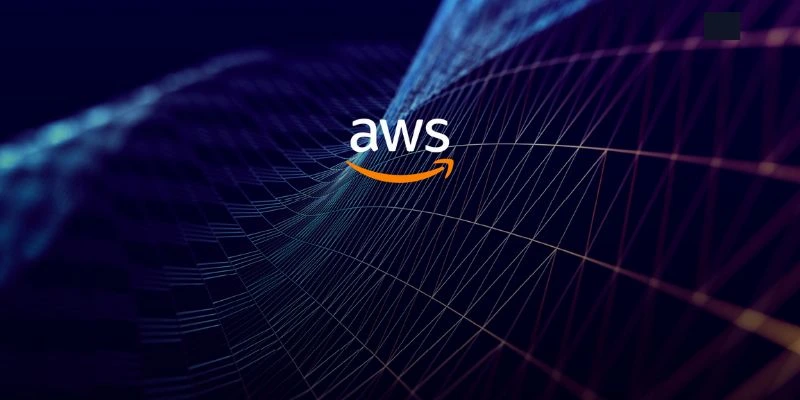
In today’s digital world, cloud security is not just an option, it’s a necessity. As organizations migrate workloads and sensitive data to Amazon Web Services (AWS), the need to understand and implement strong security practices becomes increasingly important. From access control to encryption and monitoring, To help organizations stay safe, AWS offers a full range of security capabilities. For those just beginning their cloud journey, structured learning paths in Courses AWS training in Hyderabad often include security modules early on, making it easier to build secure foundations from the start.
Understanding the Shared Responsibility Model
One of the most critical security concepts in AWS is the Shared Responsibility Model. AWS is responsible for securing a cloud infrastructure, physical servers, networking, and the hypervisor. Meanwhile, customers are responsible for securing what they run in the cloud, including their operating systems, applications, and data.
Misunderstanding the Shared Responsibility Model is a common source of vulnerability. Organizations must implement proper security configurations across operating systems, applications, and user access layers. Failing to secure these elements can expose critical workloads, even if the underlying cloud infrastructure is robust and compliant. While ensuring security is essential, it’s equally important to align it with Strategies for optimizing costs on AWS, ensuring both protection and financial efficiency across cloud operations.
Identity and Access Management (IAM)
AWS Identity and Access Management is the foundation of user and resource permissions in AWS. It gives you control over who has a hold on your assets, what acts they can do, and under what circumstances.
Best practices for IAM include:
- Enabling Multi-Factor Authentication (MFA) for all users
- Granting least privilege access
- Rotating credentials regularly
- Using IAM roles for services instead of hard-coded credentials
IAM policies can be fine-tuned with conditions such as source IPs, encryption requirements, and time-based access adding layers of control without adding friction.
Data Protection and Encryption
Data protection starts with encryption. AWS allows encryption at rest using AWS Key Management Service (KMS) and in transit using TLS. Most services including S3, RDS, and EBS offer built-in support for encryption using customer-managed or AWS-managed keys. In environments dealing with sensitive customer or financial data, enforcing encryption policies is non-negotiable. Security-first mindsets are typically fostered in environments AWS training in Kolkata, where learners use KMS to set up encryption policies for multiple storage services during hands-on projects.
Monitoring and Logging with CloudWatch
Real-time monitoring and historical tracking are essential for detecting and responding to threats. AWS CloudTrail records every API call made across your account, providing visibility into operations, including unauthorized attempts.
Meanwhile, Amazon CloudWatch enables log collection, metrics monitoring, and alert triggering based on predefined thresholds. When properly set up, these tools help detect anomalies early, automate responses, and maintain compliance. Combining CloudWatch Logs with AWS Lambda allows for automated remediation workflows shutting down compromised instances or blocking suspicious IPs in real-time.
Using Security Groups and NACLs for Network Protection
At the network level, AWS provides Security Groups and Network Access Control Lists (NACLs) to manage inbound and outbound traffic. Security Groups act as virtual firewalls at the instance level, while NACLs operate at the subnet level.
To reduce the attack surface, it’s important to:
- Block all ports by default and open only what’s necessary
- Deny traffic from unknown or risky IP ranges
- Separate public and private subnets using VPC configurations
These configurations often feature in enterprise cloud setups, and practical implementation is part of scenario-based exercises in AWS Training in Delhi, where learners build secure, multi-tiered networks using VPC, NACLs, and routing controls.
Securing S3 Buckets and Preventing Public Access
Misconfigured S3 buckets have been the cause of many public data leaks. AWS now includes settings to block all public access at both the bucket and account level. However, missteps still happen when permissions are manually altered without oversight.
To avoid breaches, you should:
- Use Bucket Policies and IAM roles instead of ACLs
- Enable versioning and MFA delete for critical data
- Implement logging using AWS CloudTrail for every access event
- Set up automated alerts for policy changes or unauthorized access
In high-risk industries like finance and healthcare, securing object storage is a top priority. This is often practiced early in security-focused cloud certifications and workshops.
Automating Compliance and Security
AWS Config tracks resource configurations and lets you define rules that continuously monitor compliance. For instance, if a misconfiguration exposes an S3 bucket, AWS Config can detect it and trigger an alert or remediation action. To centralize and streamline threat management, AWS Security Hub integrates findings from services like GuardDuty, Macie, and Inspector. It provides a unified view for assessing risks and responding promptly, helping teams enforce consistent security standards across complex environments.
Using GuardDuty, Inspector, and Macie for Threat Detection
Beyond traditional firewalls and access controls, AWS offers intelligent threat detection services:
- Amazon GuardDuty identifies malicious activity and unauthorized access attempts
- Amazon Inspector performs automated security assessments of EC2 instances
- Amazon Macie detects sensitive data in S3 buckets and alerts you to potential leaks
Together, these tools create a proactive security posture that evolves with your infrastructure. Implementing them requires a blend of automation and continuous analysis, ensuring you always stay ahead of threats. Securing your AWS environment is not a one-time task; it’s an ongoing process of planning, monitoring, and adapting to new threats. AWS provides a deep and flexible toolkit, but it’s up to organizations and engineers to use it wisely. If you’re looking to build a cloud career with a security-first mindset, enrolling in a comprehensive AWS Training in Kochi can equip you with hands-on experience in IAM, encryption, incident response, and threat detection, all essential to keeping your cloud environment secure. By understanding AWS security essentials and implementing best practices across services, you not only protect your organization but also build resilience into your cloud infrastructure for years to come.
Also Check: Four Must-Have Security Measures for Your AWS Cloud
